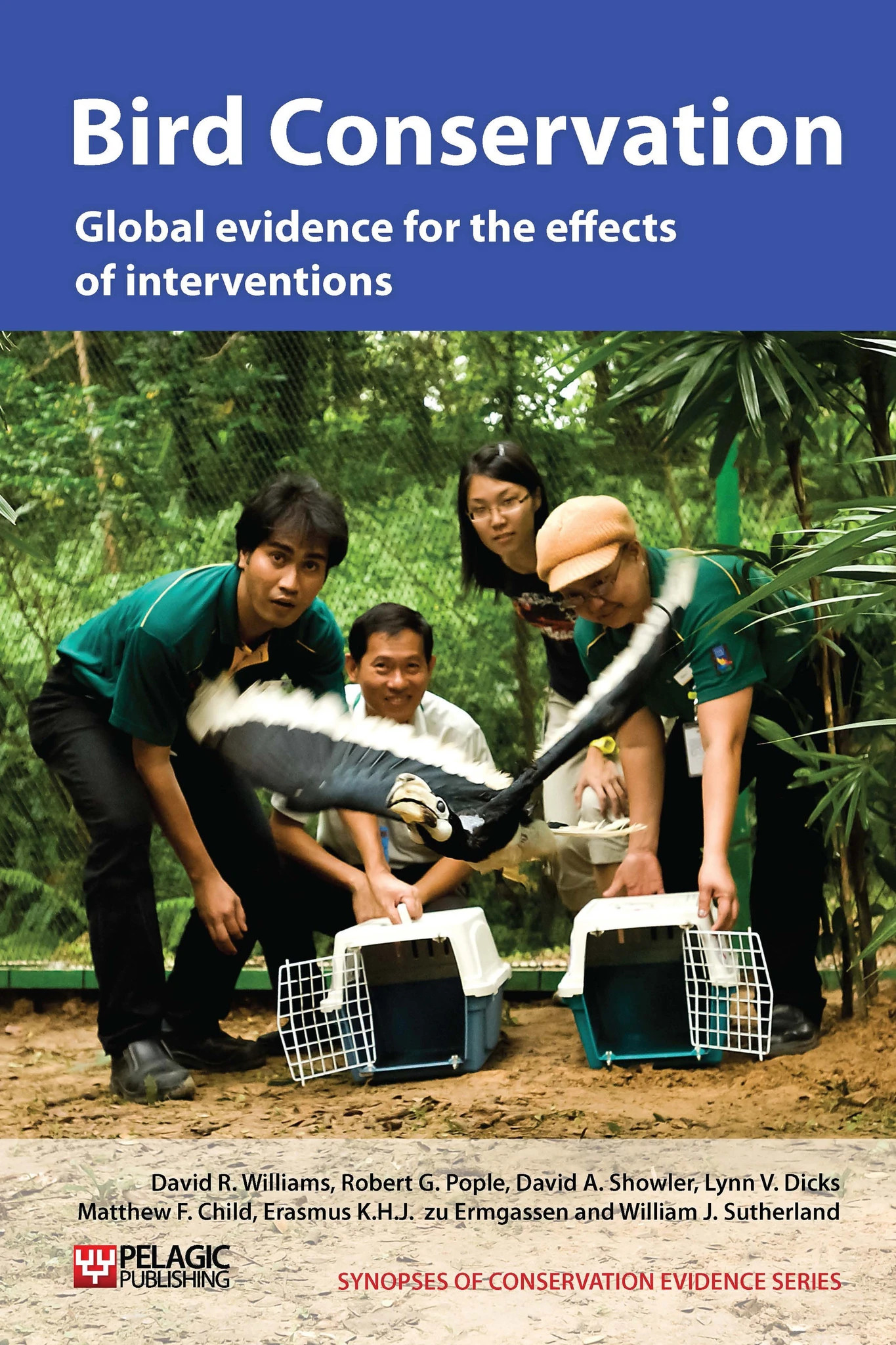Offer per clutch payment for farmland birds
-
Overall effectiveness category Unknown effectiveness (limited evidence)
-
Number of studies: 2
View assessment score
Hide assessment score
How is the evidence assessed?
-
Effectiveness
43% -
Certainty
35% -
Harms
0%
Study locations
Supporting evidence from individual studies
A replicated and controlled study on intensive dairy grassland in the western Netherlands between 1993 and 1996 (Musters et al. 2001) found that northern lapwing Vanellus vanellus and black-tailed godwit Limosa limosa showed higher hatching success on 15 farms offered per-clutch payments for farmland birds than on nine control farms (65% vs. 48% for lapwing, 63% vs. 39% for godwits). A non-significant difference was also seen for common redshank Tringa totanus (39% vs. 21%). There were no differences in treatment during 1993-4, before payments. The number of control farms was reduced to three in 1995-6, because the farmers on other farms had become too involved in conservation for their farms still to be considered true controls. No other bird conservation measures were in place and the cost was estimated at €40/clutch. Population-level impacts were not observed, possibly due to the relatively short time-scale and small number of farms.
Study and other actions testedA replicated and controlled paired sites study in the western Netherlands in 2003 (Verhulst et al. 2007) found slightly higher breeding densities of birds on 19 grassland plots with per-clutch payments for wader clutches, compared to 19 paired, control plots, both when delayed mowing was also used and when per-clutch payment was the only scheme used (13 territories/plot for combined schemes; 13 territories/plot for per-clutch payment and 11 territories/plot for controls). However, birds were not more abundant under either scheme, compared with controls (approximately 125 birds/plot for combined schemes; 125 birds/plot for per-clutch payment and 110 birds/plot for controls). Wader breeding densities were higher (but not significantly so) on combined and per-clutch payment plots (approximately 7 territories/plot for combined schemes; 7 territories/plot for per-clutch payment and 5 territories/plot for controls). When individual wader species were analysed, there were higher numbers of redshank Tringa totanus on combined or per-clutch payment plots (approximately 5 birds/plot for combined schemes; 5 birds/plot for per-clutch payment and 3 birds/plot for controls), but there were no significant differences in breeding densities for redshank, northern lapwing Vanellus vanellus, Eurasian oystercatcher Haematopus ostralegus or black-tailed godwit Limosa limosa. The authors suggest that groundwater depth, soil hardness and prey density drove these patterns. All farms had been operating the schemes for at least three (and an average of four) years before the study. This study is also discussed in ‘Delay haying/mowing’.
Study and other actions tested
Where has this evidence come from?
List of journals searched by synopsis
All the journals searched for all synopses
This Action forms part of the Action Synopsis:
Bird Conservation
Bird Conservation - Published 2013
Bird Synopsis





)_2023.JPG)














